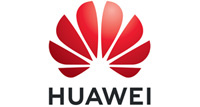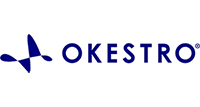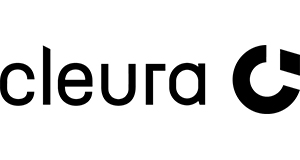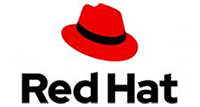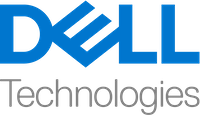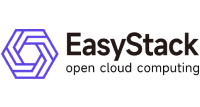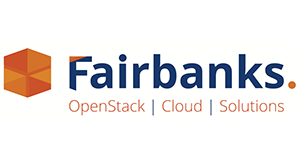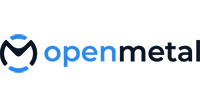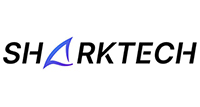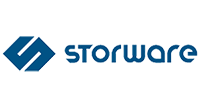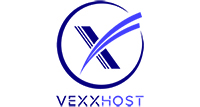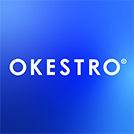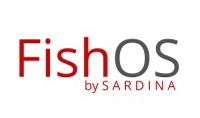VMware Migration to OpenStack
Broadcom’s acquisition of VMware and subsequent licensing changes have incentivized organizations around the world to re-evaluate their virtualization strategy. OpenStack, the open source standard for cloud infrastructure, has emerged as a leading alternative. Over 80% of OpenInfra members have already talked to customers about migrating workloads from VMware to OpenStack.
OpenStack’s flexibility and open development enables organizations to:
- Implement a cost effective virtualization strategy by avoiding vendor lock-in
- Modernize their infrastructure with a cloud native strategy
- Customize their stack through increased integration options
- Rely on a global ecosystem and diverse, active open source contributors
- Maintain complete ownership of their infrastructure
Planning a migration from VMware?
This migration guide outlines the why, when, and how, with technical insights and examples from global adopters.

OpenStack Features that aren’t in VMware
| OpenStack | VMware |
|---|---|
| SSH key or user data injection OpenStack provides out-of-the-box SSH key and user data injection via the metadata API endpoint with the help of cloud-init. The user can configure this dynamically. | SSH key or user data injection This capability doesn’t exist out of the box in VMware. It is technically possible to inject keys or user data via a template and cloud-init or script into the VM. |
| Concept of ephemeral data and base images In OpenStack the recommendation is to use virtual machine images that rely on base images as ephemeral. This follows the cloud-native approach and enables CoW (Copy on Write), which provides significant benefits in boot speed and resource savings (i.e., no data copy). | Persistent disks only By definition, all disks in VMware are persistent. |
| Adjusting based on your needs OpenStack and its components are open source and can be adjusted if necessary. For example, new capabilities can be added, or third-party tools can be integrated. | Adjusting based on your needs VMware is closed source and cannot be modified. All missing requirements need to be implemented by Broadcom. |
| Read the Migration Guide to compare features | |
OpenInfra Foundation Members Supporting Migration
from VMware to OpenStack
The OpenInfra Member: VMware Migration working group formed to collaboratively address the market opportunity for organizations to re-define their virtualization strategy. Participants represent the global ecosystem of OpenStack experts who support the OpenInfra Foundation. New participants are welcome to join, share VMware migration experience, and build more OpenStack awareness as a virtualization alternative.
Join the OpenInfra Foundation TodaySuccessfully migrate from VMware to any OpenStack Powered cloud using tools from these companies:
Are you seeing an increase in interest in OpenStack since the VMware relicensing announcement?
80 %
of OpenInfra Members have received requests to migrate users from VMware to OpenStack.
60 %
of members have already completed a successful migration.
In 2024, the VMware Migration Working Group created its first publication in conjunction with reporter Steven Vaughan-Nichols
Subscribe to News About OpenStack
Stay up to date on OpenStack and the Open Infrastructure community.
